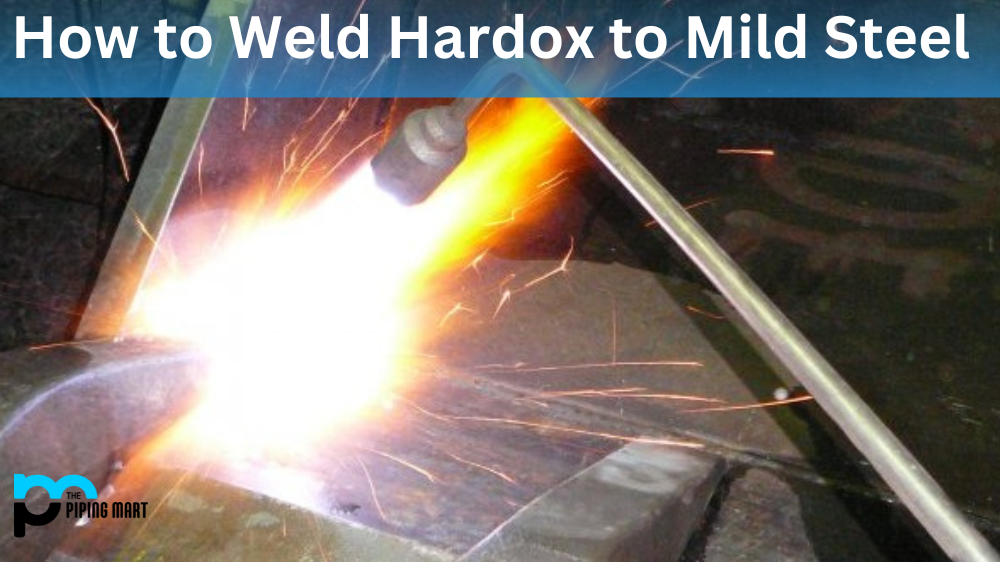Hardox steel is a wear-resistant steel that is very popular in industrial applications. It’s known for its high strength and durability, making it an ideal material for many parts. The process can be complicated when welding Hardox to mild steel and requires special techniques. If you want to learn how to weld Hardox to mild steel, this guide will help you understand the process.
Welding Processes
When welding hardox to mild steel, several factors must be taken into account, including the type of welding process used and the characteristics of each material. The most common welding processes are gas tungsten arc welding (GTAW) and gas metal arc welding (GMAW). GTAW is often used when more control is needed over the weld puddle, while GMAW can provide higher deposition rates at lower costs.
- The first step is to prepare the materials. This includes cleaning the surfaces of the Hardox and the mild steel. Any dirt, grease, or other contaminants will prevent the weld from bonding properly.
- Next, the welder will set up their equipment. This includes setting the power level and gas flow rate. The welder will also choose the appropriate welding rod for the job.
- Once the materials are prepared and the equipment is set up, the welder can begin welding. They will start by making a tack weld at one end of the joint. This will hold the two pieces together while they weld around the entire joint.
- After the tack weld is complete, the welder will begin welding around the perimeter of the joint. They will use a continuous bead to ensure no weak spots in the weld.
- Finally, once the welding is complete, the welder will allow the joint to cool before removing the equipment.
Hardening Agents
Another important factor when welding hardox to mild steel is using a hardening agent. A hardening agent helps strengthen the welded joint by increasing heat resistance and improving the overall toughness of the welded joint. Common hardening agents include nickel or cobalt alloys which can be added during the welding process or applied right after it has cooled down. Additionally, flux-cored wires may also contain hardening agents that can help improve weld performance.
Preheating and Post-Weld Heat Treatment Preheating helps reduce any thermal stresses caused by rapid cooling after welding and prevents cracking due to differential expansion between both materials being joined together. The preheat temperature should be at least 200°F (93°C) in order to properly protect from any potential cracking in the welded joint. On the other hand, post-weld heat treatment helps further increase strength and toughness by improving the grain structure of the weld zone due to controlled cooling rates.
Conclusion:
Welding hardox to mild steel requires special attention due to their different properties and characteristics. Although challenging, it can be done with proper preparation and knowledge of how each material behaves when exposed to excessive heat during the welding process. By following these steps correctly, you can ensure a successful weld job without having any issues with cracking or other structural defects which could occur if not done correctly or with enough care given during this delicate operation. With some practice, you will become an expert in no time!

Pipingmart is a B2B portal that specializes in metal, industrial and piping items. Additionally, we share the latest information and information about materials, products and various types of grades to assist businesses that are involved in this business.




